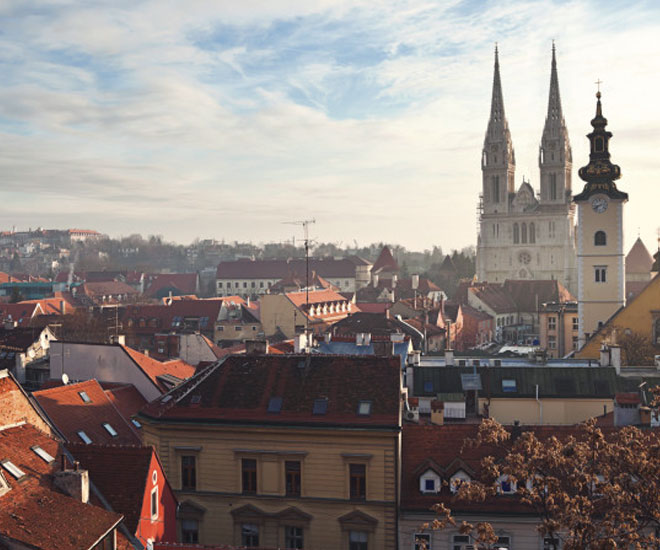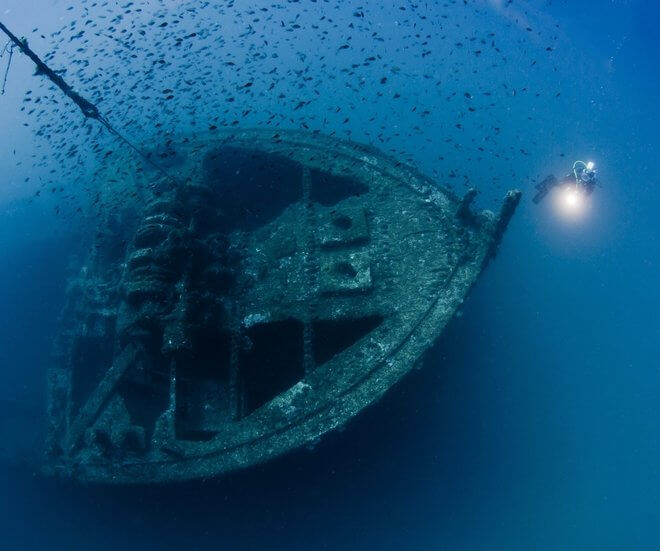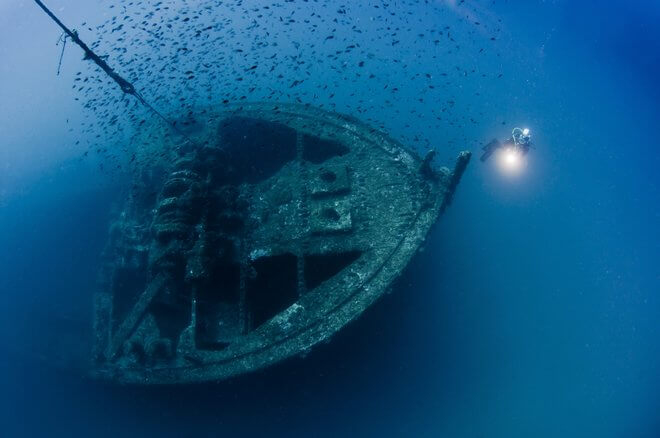
Travel experts at Lonely Planet have named Zagreb, Croatia the top destination in Europe for 2017, in a list that aims to highlight emerging, up-and-coming hotspots that are poised to become “the next traveller find.” While Croatia has become wildly popular as a travel destination in recent years, most visitors are headed to the country’s coastline in search of beaches and island getaways.
But Zagreb is also worthy of a stopover, editors say, with its Austro-Hungarian coffee squares, cafes, street art, Neo-Gothic architecture and an urban regeneration that has created a cosmopolitan and edgy capital. A new airport terminal is also expected to make air travel cheaper and easier to the city.
“Zagreb tops our list because it ticks all of these boxes,” said LP’s editorial director Tom Hall. “Croatia is one of Europe’s hottest destinations right now but many people head straight to the coast, meaning they miss out on visiting a city that has a dynamic cultural offering, a thriving food and drink scene.” After Zagreb, the travel guide spotlights Gotland, Sweden’s largest island and home to the medieval walled town of Visby, also a UNESCO World Heritage site.
Other notable destinations include Moldova, for its cliff-perched monasteries and wine cellars; Le Havre, France for celebrating its 500th anniversary this year; and Pafos, Cyprus, this year’s European Capital of Culture.
Here are the top 10 destinations in Europe for 2017, according to Lonely Planet:
1. Zagreb, Croatia
2. Gotland, Sweden
3. Galicia, Spain
4. Northern Montenegro
5. Leeds, UK
6. Alentejo, Portugal
7. Northern Germany
8. Moldova
9. Pafos, Cyprus
10. Le Havre, France





